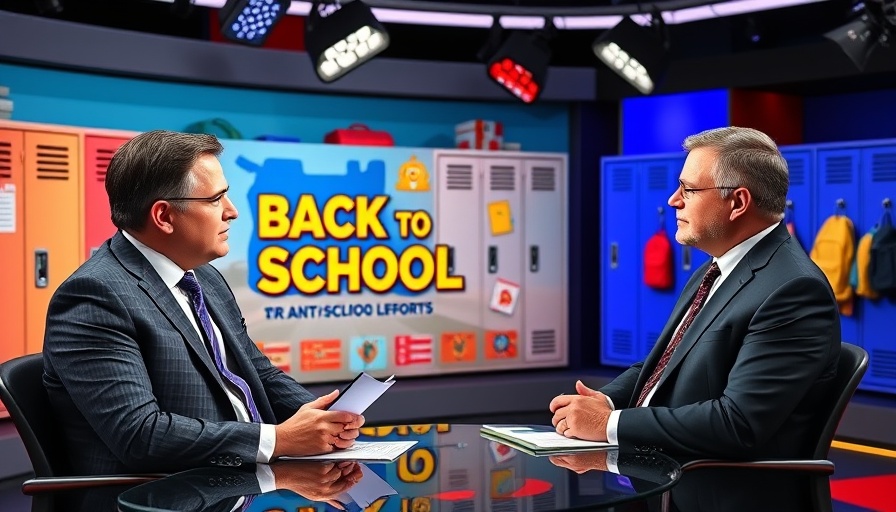
Empowering Young Lives: A Baton Rouge Initiative
A commendable initiative is taking shape in Baton Rouge, where a local group is gearing up to distribute free shoes to children. This endeavor is not just about footwear; it’s intricately linked to a broader anti-bullying campaign aimed at fostering a culture of kindness and acceptance among youth. The distribution event highlights the critical role that community and self-worth play in shaping the lives of young individuals, especially those who often face the harsh realities of bullying.
The Impact of Bullying on Children
Bullying can leave deep emotional scars in children, affecting their self-esteem and mental health. According to the National Center for Educational Statistics, approximately 20% of students in the U.S. report being bullied. This statistic underscores the urgency of addressing bullying within our schools and communities. By providing children with new shoes, the Baton Rouge group not only addresses a practical need but also contributes to emotional healing. The act of receiving something new can ignite a sense of joy and personal value, reminding children that they are worthy and deserving of kindness.
Building Community Connections
Efforts like this shoe giveaway also serve as vital community-building initiatives. When members of a community come together to support local children, it fosters a sense of belonging and unity. Parents can play an integral role in these initiatives by directly participating or encouraging their kids to contribute, whether through donations or volunteer efforts. Such engagement not only helps combat bullying but also strengthens local ties, creating a safer, more inclusive environment for everyone.
Why Footwear Matters
The choice of shoes as a giveaway item may seem trivial, but it carries significant weight in the world of childhood peer interactions. Footwear is often a status symbol among children, with many facing ridicule based on what they wear. This initiative provides not just comfort and safety but also offers an opportunity for children to feel included. By breaking down barriers that can lead to exclusion or mockery, this campaign directly aligns with the fight against bullying, allowing children to stand proudly in their new shoes.
Future Predictions: What This Means for Anti-Bullying Efforts
As communities witness successful initiatives like the Baton Rouge shoe giveaway, we can anticipate a ripple effect encouraging further charitable actions. Local businesses may be inspired to contribute, fostering partnerships that provide resources for even more children in need. This collaborative spirit is essential for sustaining long-term anti-bullying programs and guarantees that children receive ongoing support. Families and communities united against bullying can pave the way for future generations to grow up in a more accepting and positive environment.
Join the Movement
For parents interested in supporting this cause, engaging with local initiatives is a powerful way to contribute. Whether it’s volunteering, providing resources, or simply spreading the word, parents can play a key part in nurturing a kinder society. Events like the shoe giveaway are more than just acts of generosity; they are crucial steps toward establishing a future where every child feels safe and valued—free from the threats of bullying.
To stay informed about future events and initiatives that promote kindness and combat bullying in your community, consider joining local groups and organizations dedicated to making a difference. Together, we can cultivate a culture of acceptance for our children.
 Add Row
Add Row  Add
Add 




Write A Comment